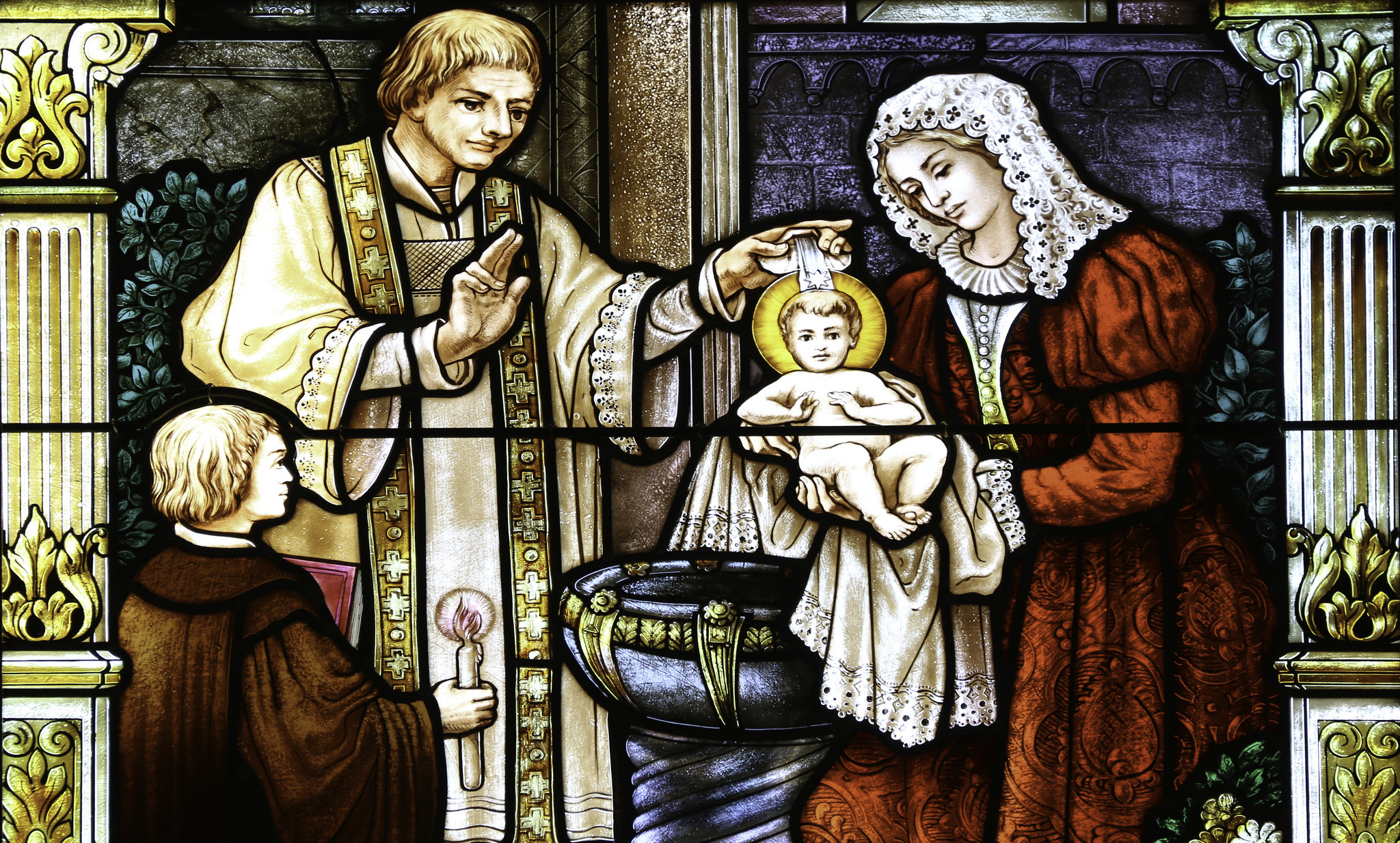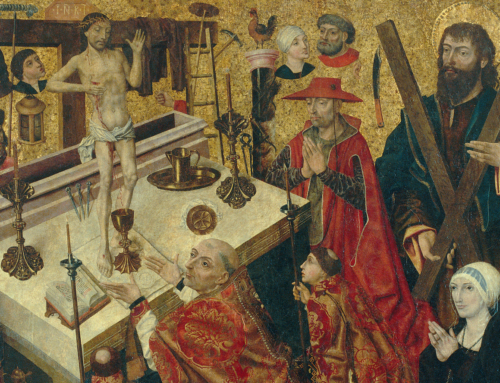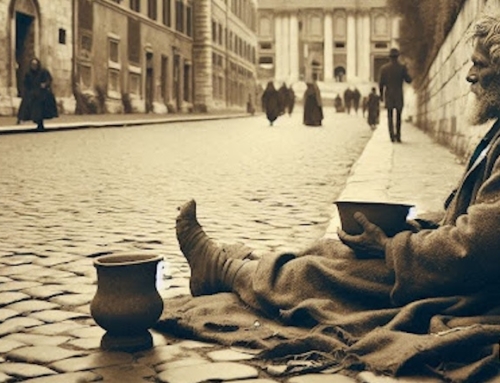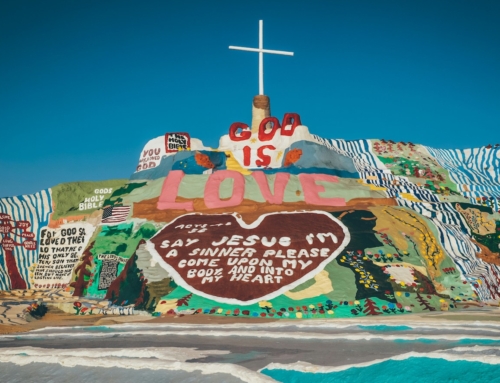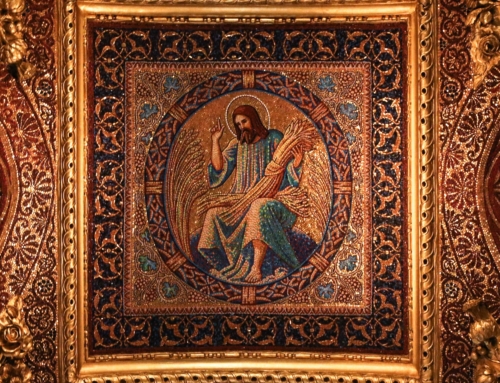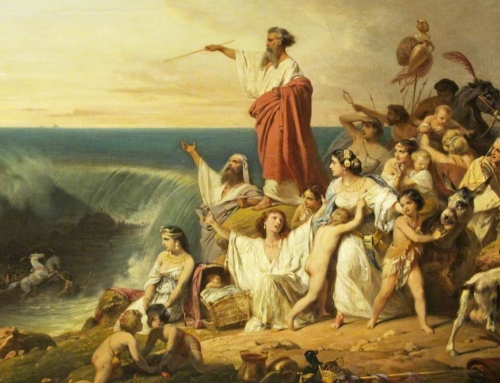Three trickles of cool water splashing on the wrinkling forehead. A moment of silence as the infant’s eyes widen and arms twitch before a small cry of surprise. Jovial smiles from glowing parents and congratulatory friends. Next, the precious oil, sacred and aromatic, rubbed upon the child’s head. And then the words, “you have become a new creation.”
What is this new creation? By the first birth, a child bearing the image of God, sculpted for nine months in the womb, came forth. A thing of wonder and joy, this new life reflecting in a unique way the beauty and goodness of God. The clear, open eyes that look up at you with wonder and trust. The pure and innocent joy in the smiles and giggles provoked by the tender and silly expressions of mother and father. Is not this first creation, this first birth awesome in its own right? It is great, but it is for the sake of something greater still. The first birth is for the sake of a second, a rebirth.
What, then, is this new creation, this second birth? What does baptism so drastically alter? St. Paul wastes no words: “Do you not know that you are God’s temple and that God’s Spirit dwells in you” (1 Cor. 3:16)? God’s temple, a dwelling place of the Spirit of God. No longer merely an image, magnificent though that is, but now the very dwelling of God. This is the new creation of baptism. Before he washes with water and anoints with oil, the priest prays over the child, beseeching the Lord to make the child “a temple of [his] glory, and [to] send [the] Holy Spirit to dwell with him.” When the water splashes, the glory of the Lord rushes into the soul, and the Spirit takes up its new abode.
What a stupendous thing, this new creation! It is almost scandalous, that the infinite and transcendent Creator of all should come and live in the deepest recesses of a finite and limited creature. In ancient times, the presence of God’s glory even in a temple seemed too much. Moses said in wonder, “what great nation is there that has a god so near to it as the Lord our God is to us” (Deut. 4:7)? When Solomon completed the Temple in Jerusalem, the people saw “the glory of the Lord upon the temple, [and] they bowed down with their faces to the earth on the pavement, and worshiped and gave thanks to the Lord” (2 Chron. 7:3). Before the glory of the only true God, the God of love who led their ancestors from slavery to freedom, who gave them a land and a temple in which to encounter his love—before such a glory, the people can only fall down in worship and thanksgiving.
How much more stupendous, then, that this same glory should come not before our eyes, but into our very souls? That same glory, the glory of the Lord who frees us from slavery to sin and pours forth the superabundance of his gracious love upon us, that same glory, God Himself, dwells within us through baptism. The goal of our first creation is this new creation. As an image of God, we are not meant to grow tarnished with time and sin. We are meant to become a temple of God.
How great an evil, then, to end the life of an unborn child? How great an evil to blot out the image intended to become the temple? On this day dedicated to prayer for the protection of the unborn, we pray for all the unborn, that they may have both the first and the second birth. May the image come forth and the temple be filled with the glory of God!
✠
Photo by Fr. Lawrence Lew, O.P. (used with permission).

